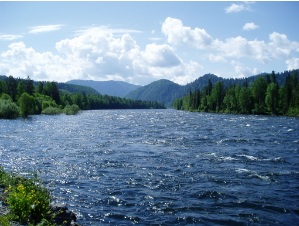In this article, I will describe prismatic channels and non-prismatic channels. These two channels are considered open channels.
Let’s get started.
First, we will know about prismatic channels.
Table of Contents
What are Prismatic Channels?
Prismatic channels have a uniform cross-section throughout the channel length and constant bottom slope. Prismatic channels can be triangular, rectangular, parabolic, trapezoidal, or circular. Artificial channels are usually prismatic channels.

Characteristics of Prismatic Channels:
- The cross-section of the prismatic channels is uniform throughout the channel length.
- The bottom slop does not vary.
- The shape of the prismatic channels can triangular, rectangular, parabolic, trapezoidal, or circular.
- All the artificial channels normally constructed as prismatic channels.
Now let’s discuss non-prismatic channels.
What are Non-Prismatic Channels?
Prismatic channels have a non-uniform cross-section throughout the channel length and the bottom slope varies. Natural channels like rivers are usually non-prismatic channels.

Characteristics of Non-Prismatic Channels:
- Cross section of the non-prismatic channels varies with the length.
- Bottom slop also varies.
- Non-prismatic channels have irregular shape.
- Normally, natural channels are non-prismatic channels.
